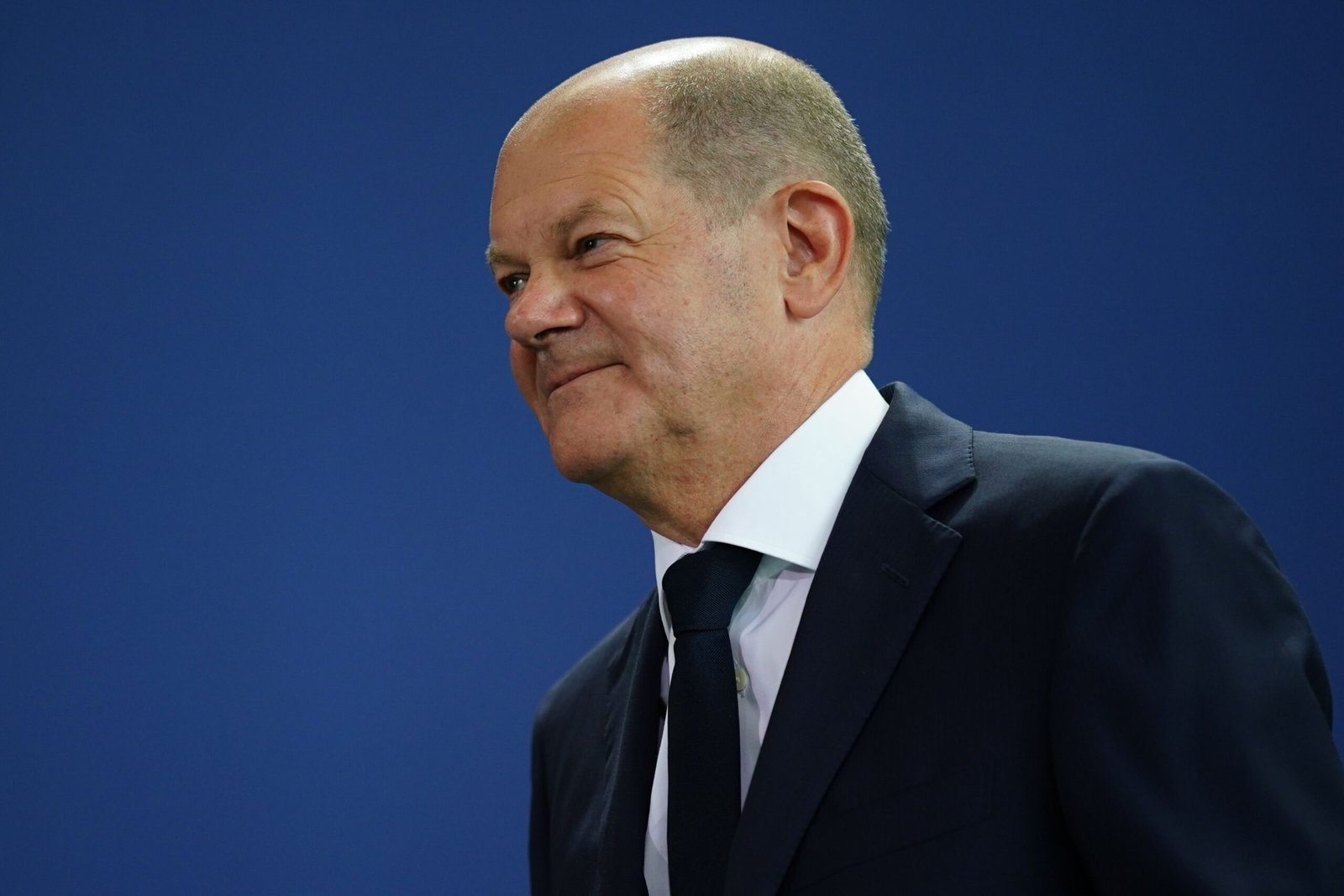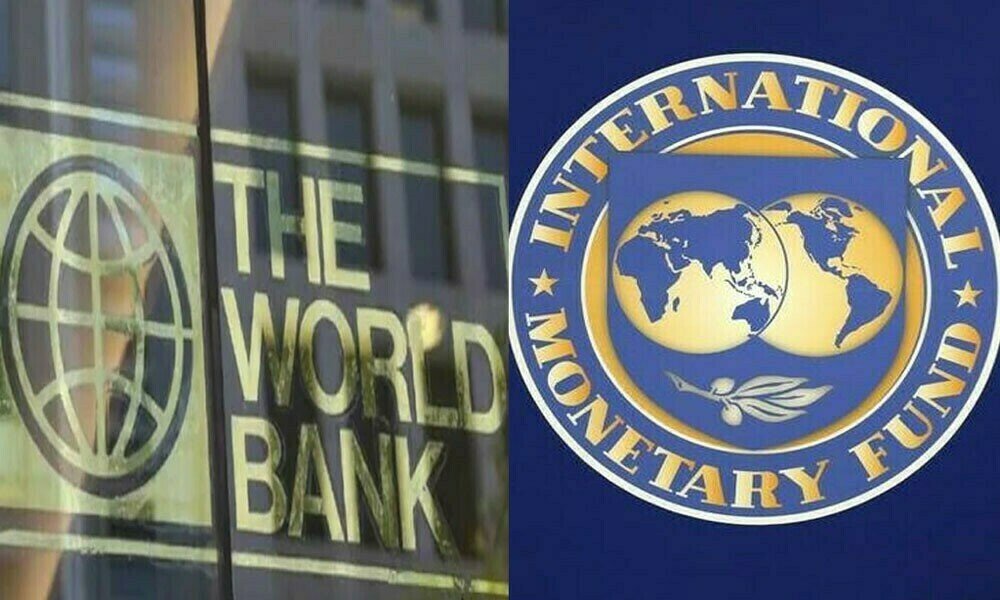In March, Philippine annual inflation continued its upward trajectory for the second consecutive month, primarily driven by a significant surge in the rice component, prompting the central bank to maintain a tight policy stance.
According to the statistics agency’s report on Friday, the consumer price index rose by 3.7% year-on-year in March, surpassing the previous month’s rate of 3.4%.
Economists, surveyed by Reuters, had anticipated a slightly higher annual inflation rate of 3.8% for March, falling within the central bank’s forecast range of 3.4% to 4.2%.
“The risks to the inflation outlook remain tilted toward the upside,” stated the Bangko Sentral ng Pilipinas (BSP) in response to the inflation data, as the Monetary Board prepares to review its policy settings on Monday.
Notably, food inflation soared to 5.7%, marking its highest level since November 2023. The rice component, a fundamental staple in the Philippines, witnessed a remarkable increase of 24.4% in March, the sharpest surge since February 2009, contributing significantly to March’s headline inflation.
However, core inflation, which excludes volatile food and energy items, moderated to 3.4% in March from 3.6% in February, slightly below the Reuters poll forecast of 3.45%.
Robert Dan Roces, chief economist at Security Bank in Manila, anticipated that the BSP would maintain the benchmark rate unchanged next week. He emphasized the persistent concern over rising food prices despite the slightly lower-than-expected headline inflation figure.
In February, the central bank opted to keep its benchmark rate steady at 6.50% for the third consecutive meeting, reflecting its cautious approach amidst evolving economic conditions.



